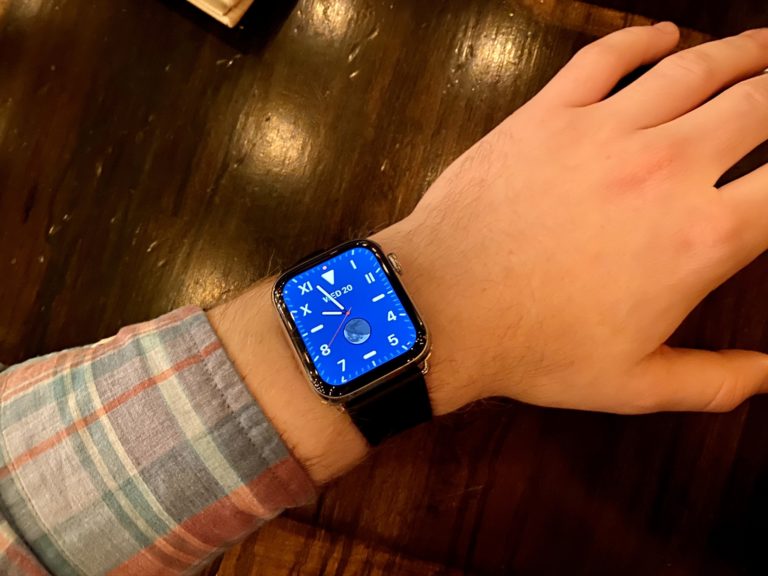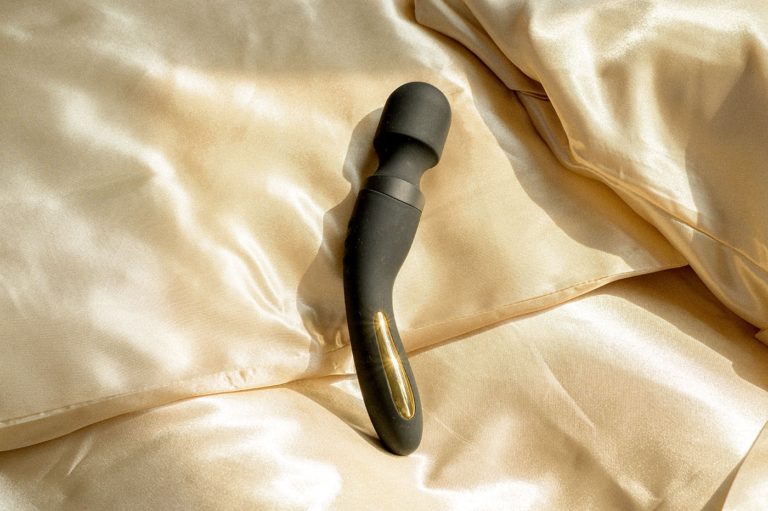
Ah yes, the perennial question sex educators get asked every day. It’s almost as ubiquitous as “Is my fetish normal?” and “Does penis size matter?” It’s that men’s-magazine staple, that heteropatriarchal battle cry, that insecurity-driven inquiry: “How can I last longer in bed?”
While I have issues with the premise of the question itself – which will become clear in the post to follow – I understand the reasons for it. People possessing penises are constantly told by our culture that those penises are the centerpiece of sex, and that a dick which fails to “perform” adequately is an unloveable, unwantable dick. This is bullshit, of course, but is understandably highly motivating for people who care about their partners’ pleasure (which we all should).
So here are some of my best tips for delaying ejaculation – keeping in mind that I don’t have a penis and these suggestions are mostly ones I’ve heard from friends and partners who do. It’s worth noting that some of these tips apply specifically to penetrative (vaginal or anal) sex, while some do not. That’s not the only valid type of sex, of course, but it is the type most often associated with the quest to “last longer.”
Practice. Kegel exercises (i.e. squeezing and releasing your pelvic muscles) and edging (i.e. approaching orgasm, backing off, approaching again, repeat ad infinitum) are both oft-recommended remedy regimens for coming too soon, because they help you learn to control some of the components of your ejaculation reflex. Self-control is a skill, and skills can be sharpened!
Masturbate beforehand. Many people report that this helps slow them down the second time around. Hell, I don’t even have a penis and it nonetheless takes me longer to come if I already came within the past few hours. Give it a shot and see how it affects you.
Change the order of events. You know you don’t have to give your partner an orgasm during penetrative sex, right? Make like Ian Kerner (wow, what a nerdy joke) and get your partner off first. Granted, this might not fly if their very favorite way to come is all over your dick, but it’s at least worth considering.
Think about something else. Not necessarily baseball, but… you get the idea. When my friend Brent and I interviewed the rapper Mega Ran on our podcast Question Box, for example, he told us he sometimes recites song lyrics in his head when trying to last longer. You could try focusing on deep breathing, or counting in your head, or recalling your favorite monologue from a Tarantino movie. Whatever works!
Use a delay spray. I recently had a chance to try out Promescent Climax Control Spray with my partner, and we’re agreed that we’re glad it exists. It uses a numbing agent called lidocaine to temporarily desensitize your dick. This has the disadvantage of potentially weakening your orgasm when you do finally have one, but that might be a small price to pay for getting to satisfy your partner in the way that you want to.
Wear a thick condom. Even if you don’t “need” condoms for contraception or STI prevention in your relationship, they’re still worth a shot for their desensitizing effects. Some companies even make condoms containing benzocaine to further numb you out, if that’s what you’re after.
Use hypnosis?? This is an odd one, but hear me out… My partner and I have experimented with planting the hypnotic suggestion that they’re not allowed – or in some cases, not able – to come before I do. Depending on your receptivity to, and experience with, hypnosis, this might be worth trying!
Slow down. Jackhammer sex is overrated – not to mention, in many cases, overstimulating. As long as it doesn’t bother your partner, try slowing down your thrusts and see how that changes your ability to last.
Switch positions. The time it takes to do this will allow your arousal to cool off a bit, plus some positions are anecdotally reported to slow down the onset of orgasm in the penetrating partner – mostly “cowgirl” (receptive partner on top) and the spooning position. Experiment to see which positions have this effect on you.
Change your definition of sex. Sex doesn’t have to end when ejaculation happens – and frankly, in many cases, it would be better if it didn’t! If you come “too soon,” just pull out some treasured toys, put your mouth to use, or get your fingers in the game. This is also a choice moment for not-strictly-sexual-but-still-enjoyable kinky activities like impact play or electrostimulation. Hell, after a few minutes spent on a “side quest,” you might even get hard again for round two.
Talk about it! In the vast majority of cases, the thing you’re so sexually insecure about isn’t actually that big of a deal – or at least, wouldn’t be if you talked it out with your partner(s). Find out whether their expectations of your boner are actually as high as you think they are. If not, take a load off and stop trying to manifest a superpowered dick!
What techniques have worked for you or your partner(s) in this regard?
This post was sponsored by the lovely folks at Promescent, who make that rad delay spray I was telling you about!



